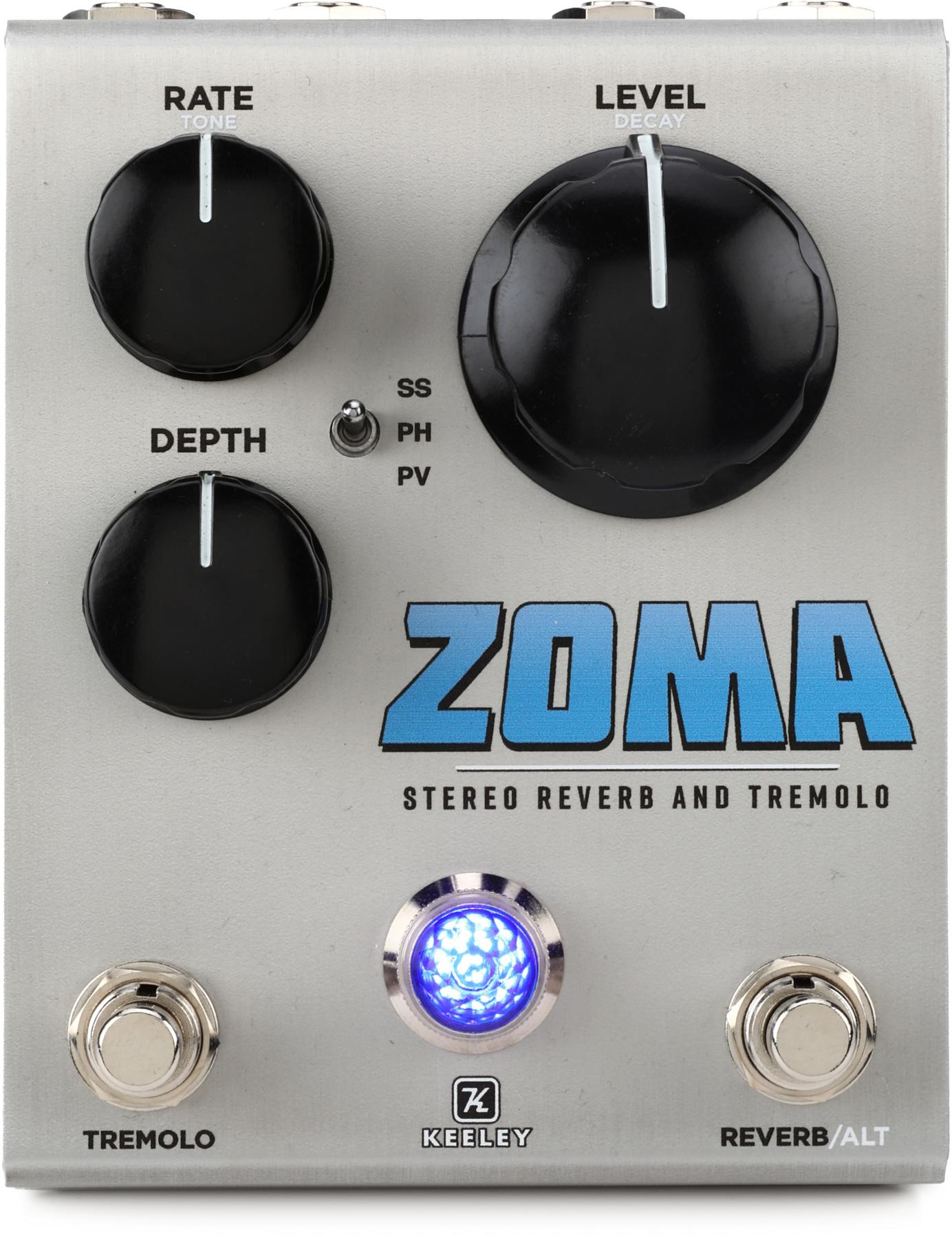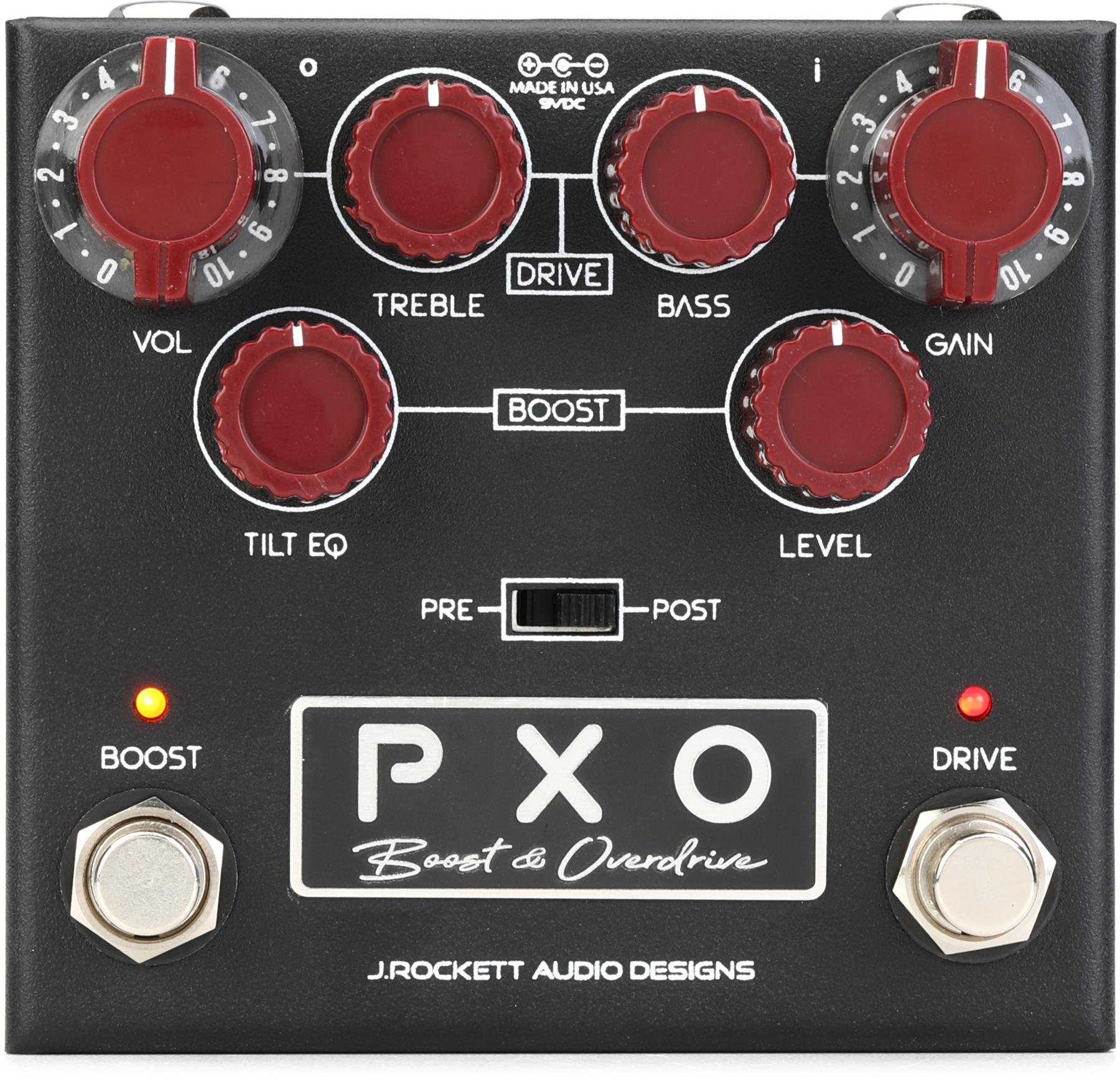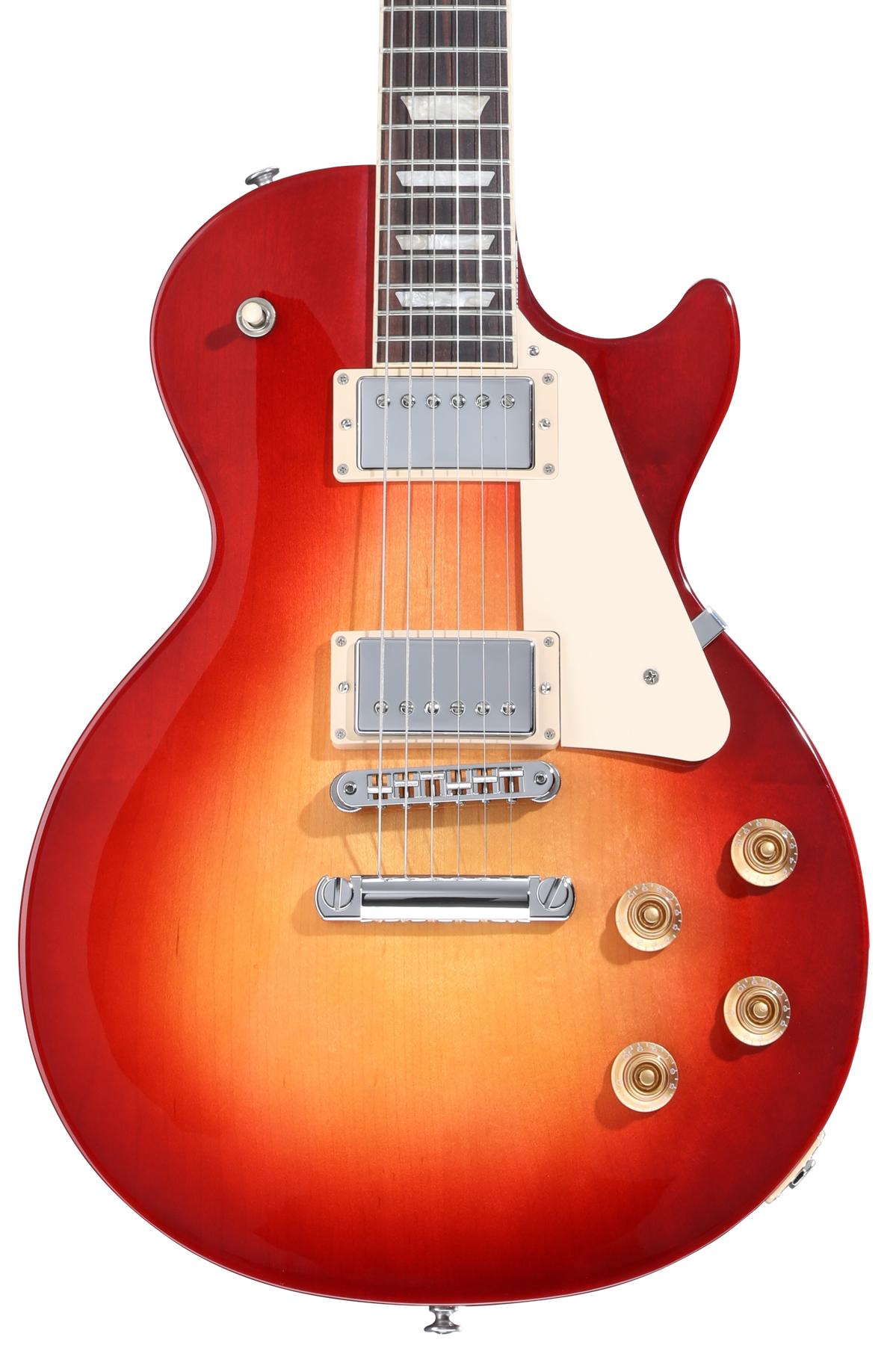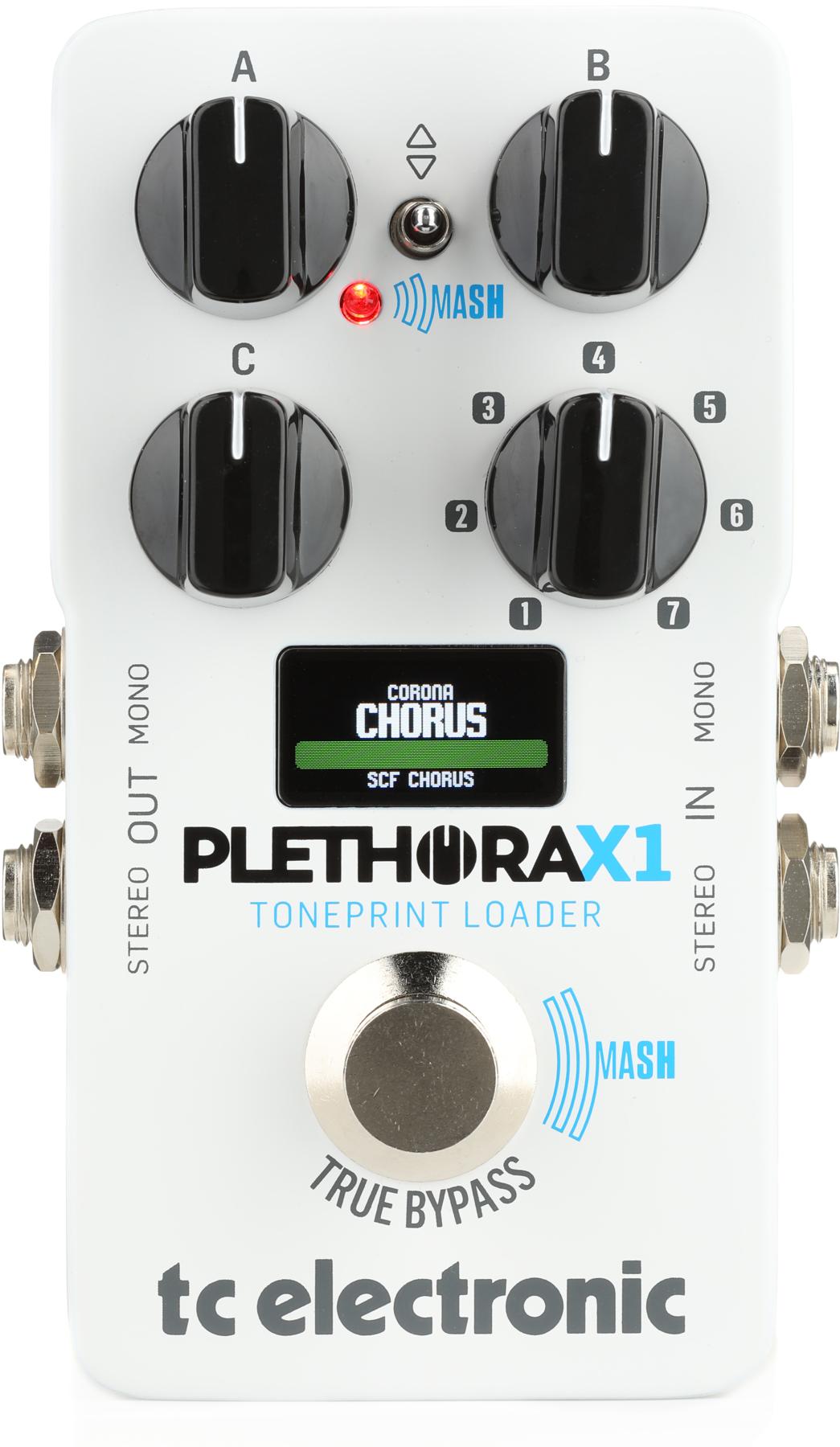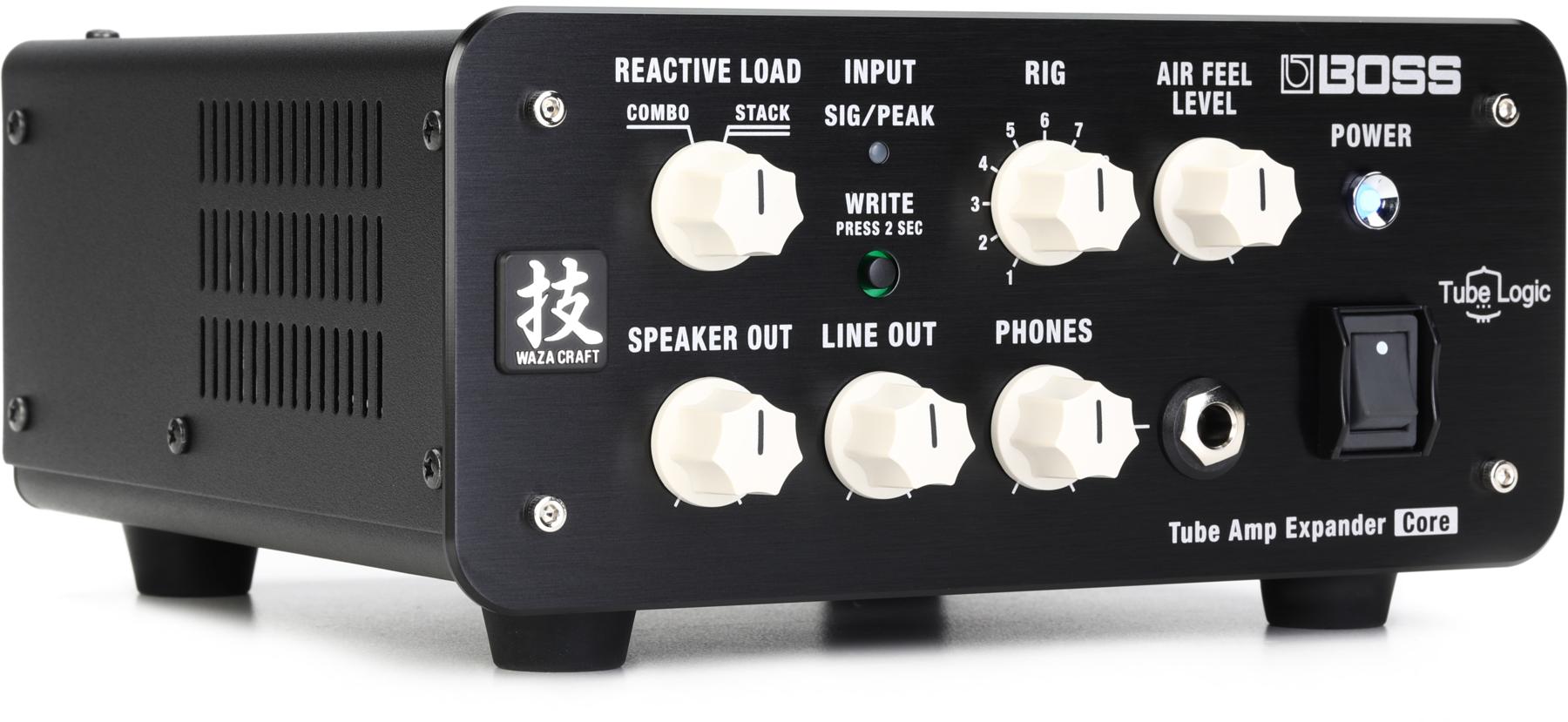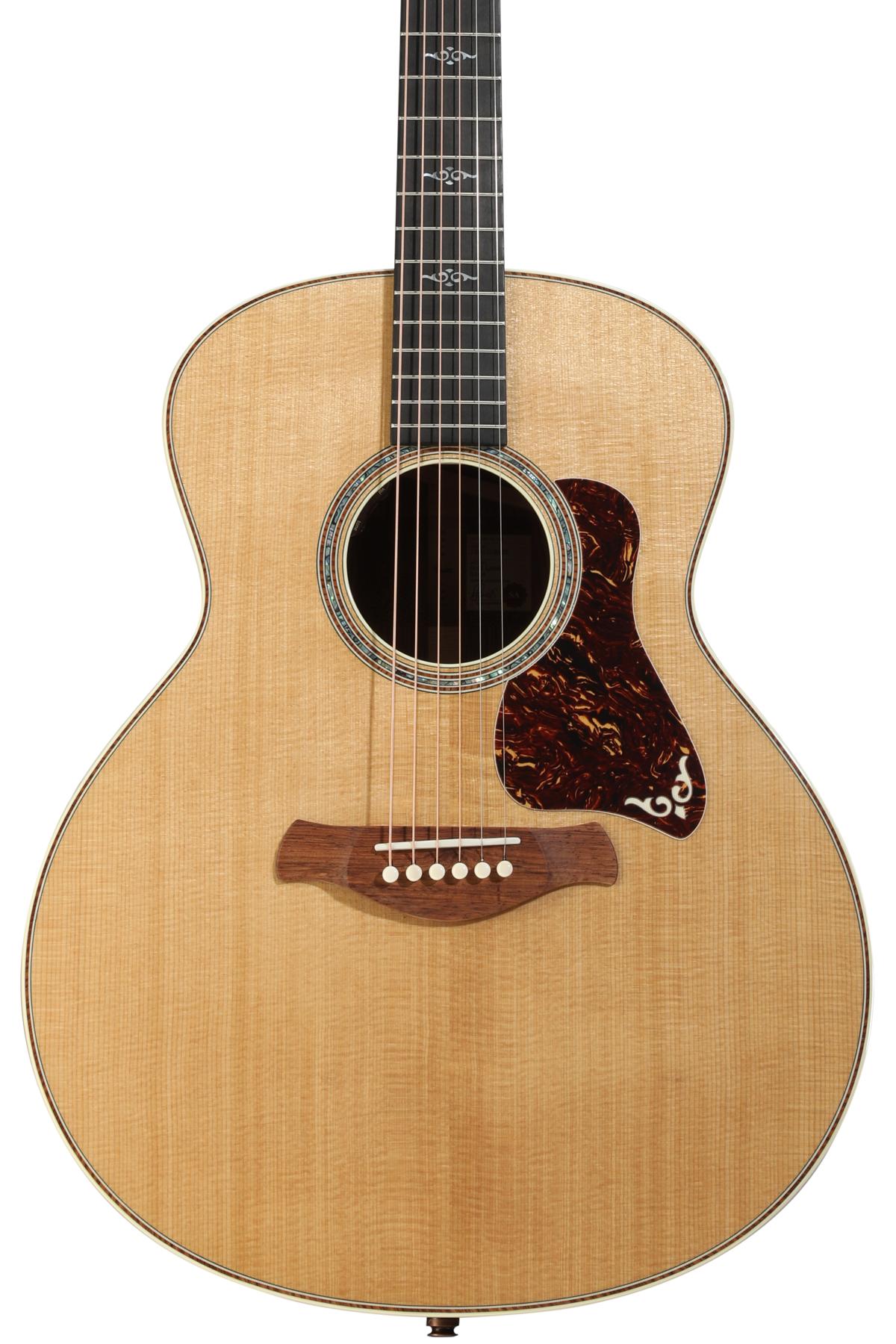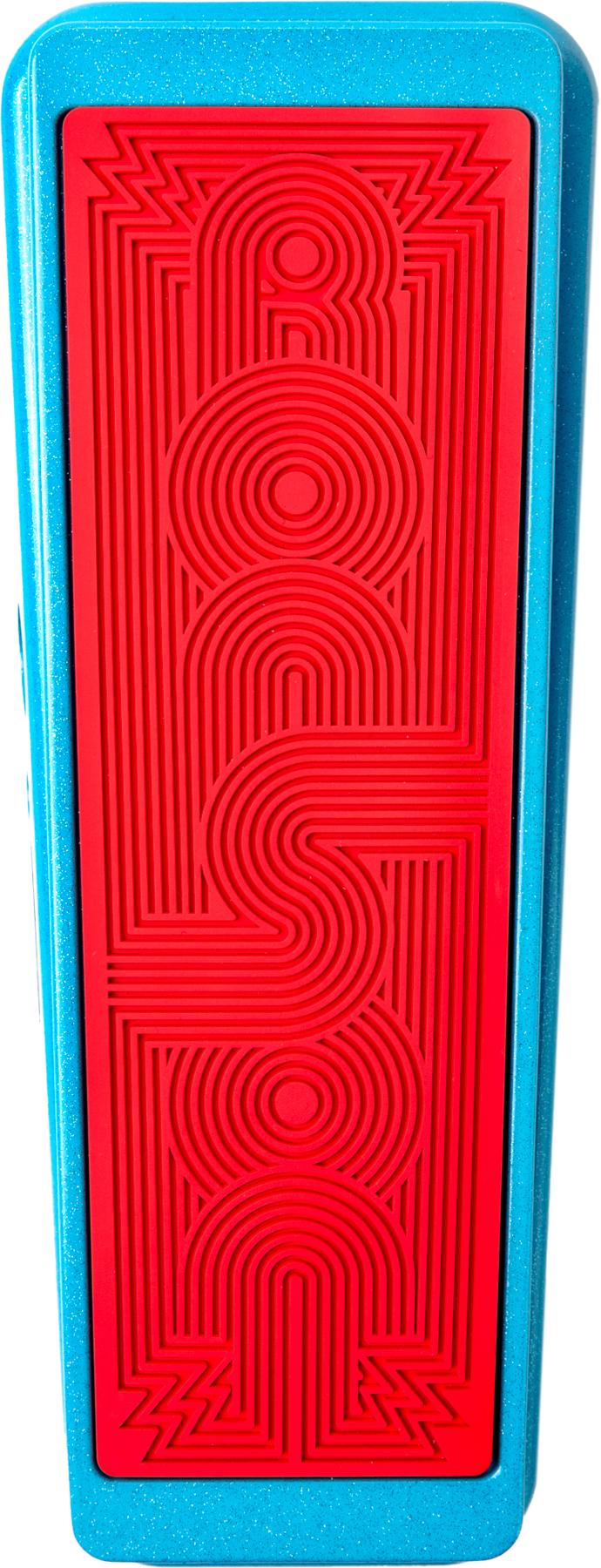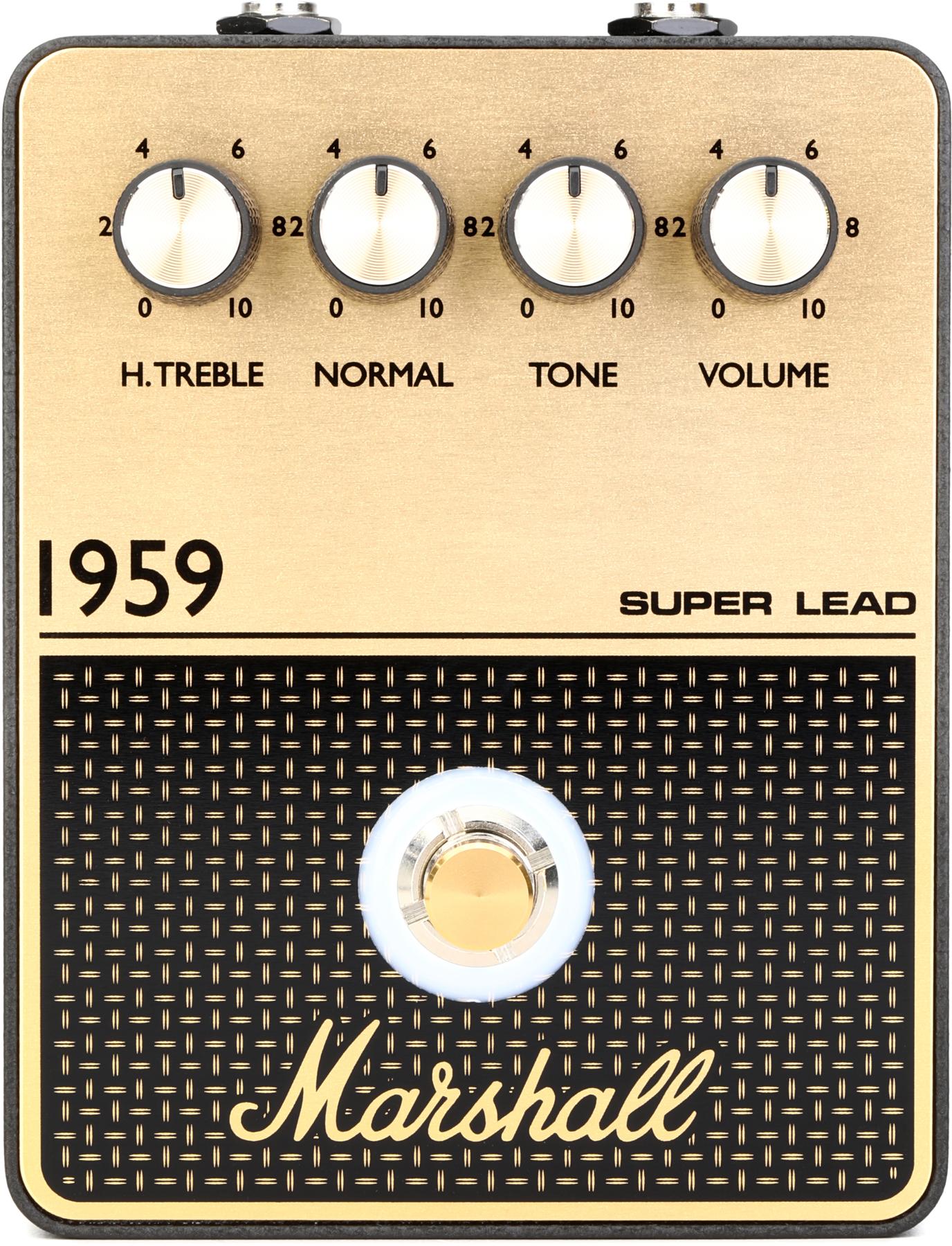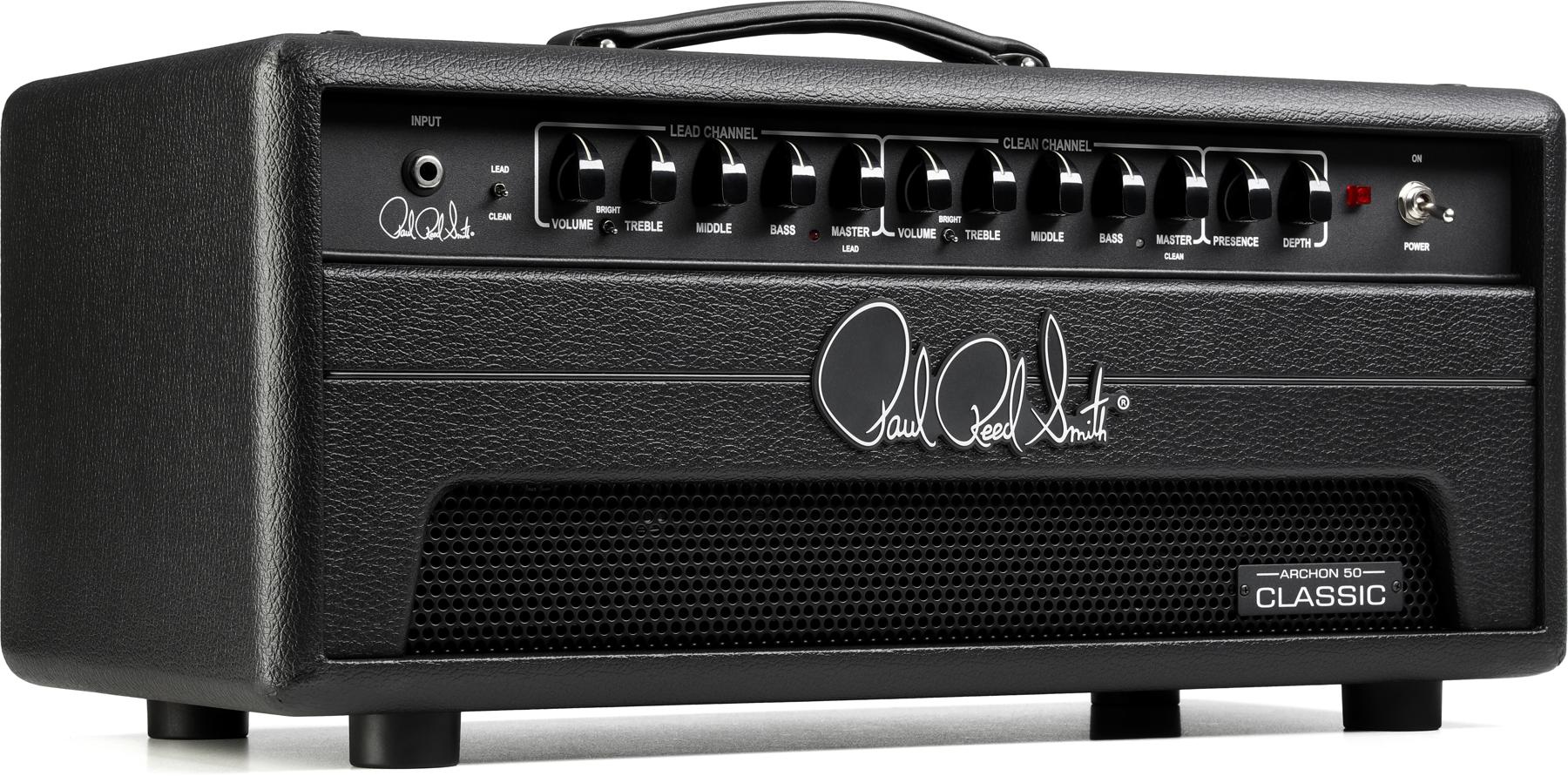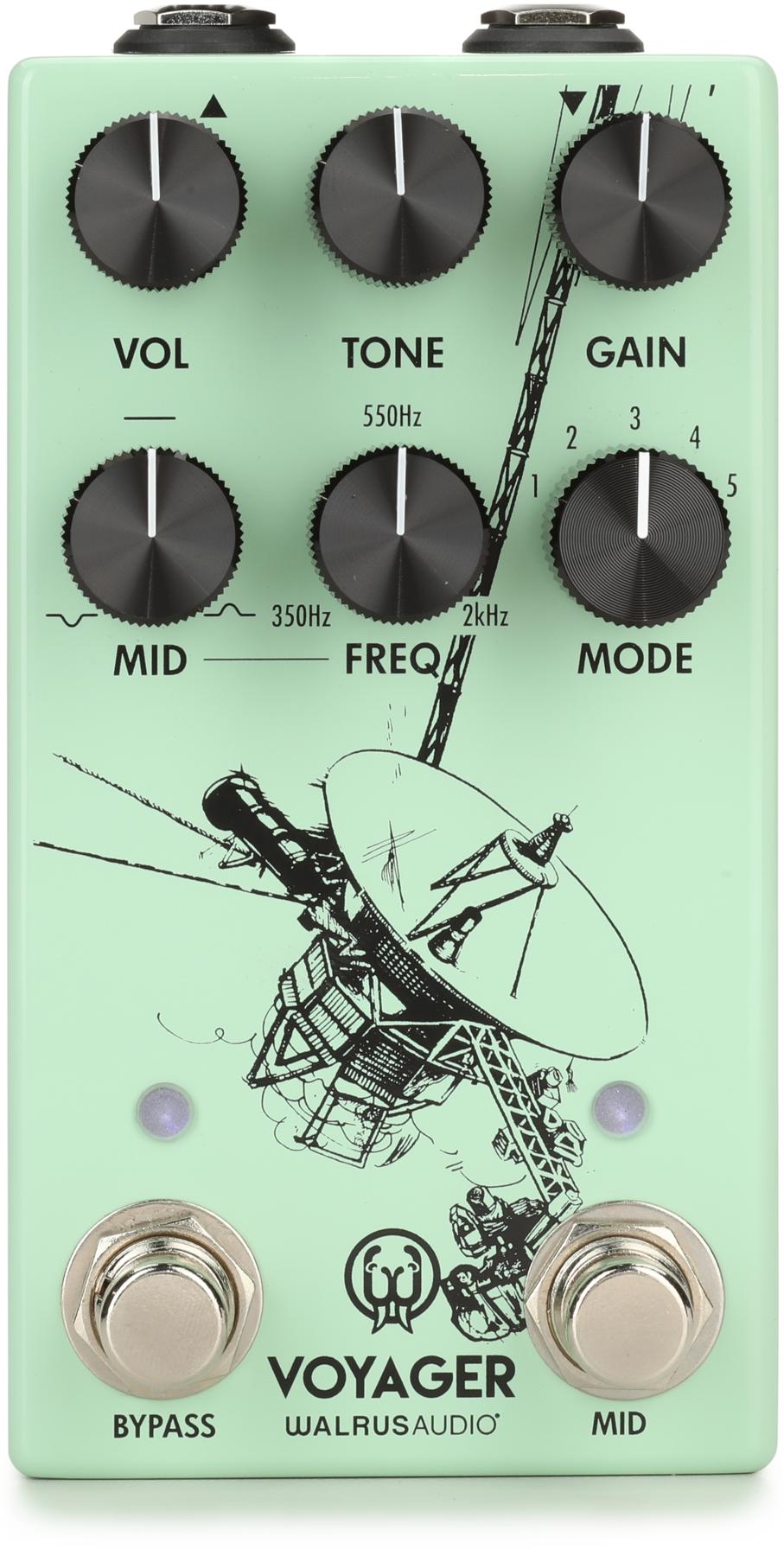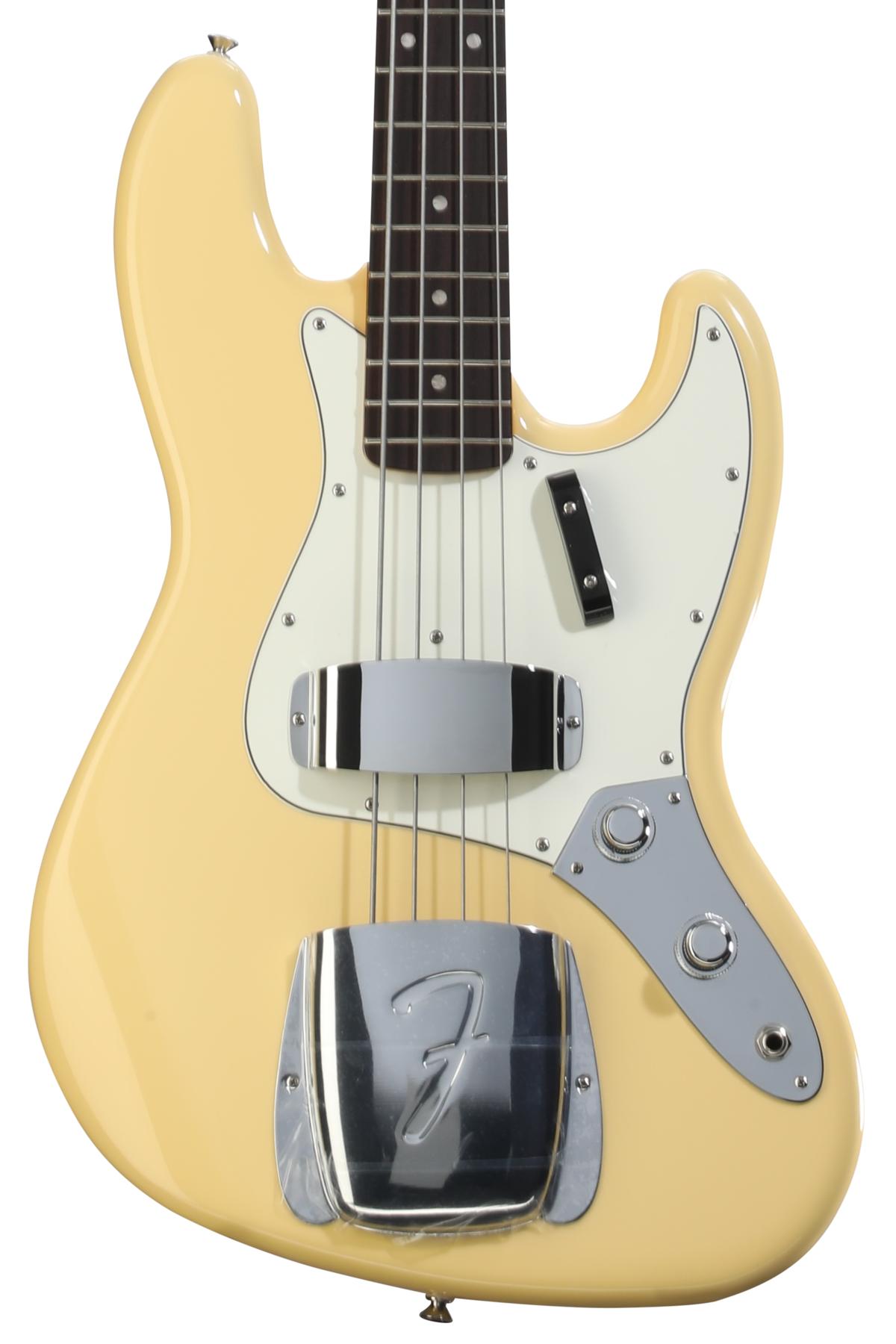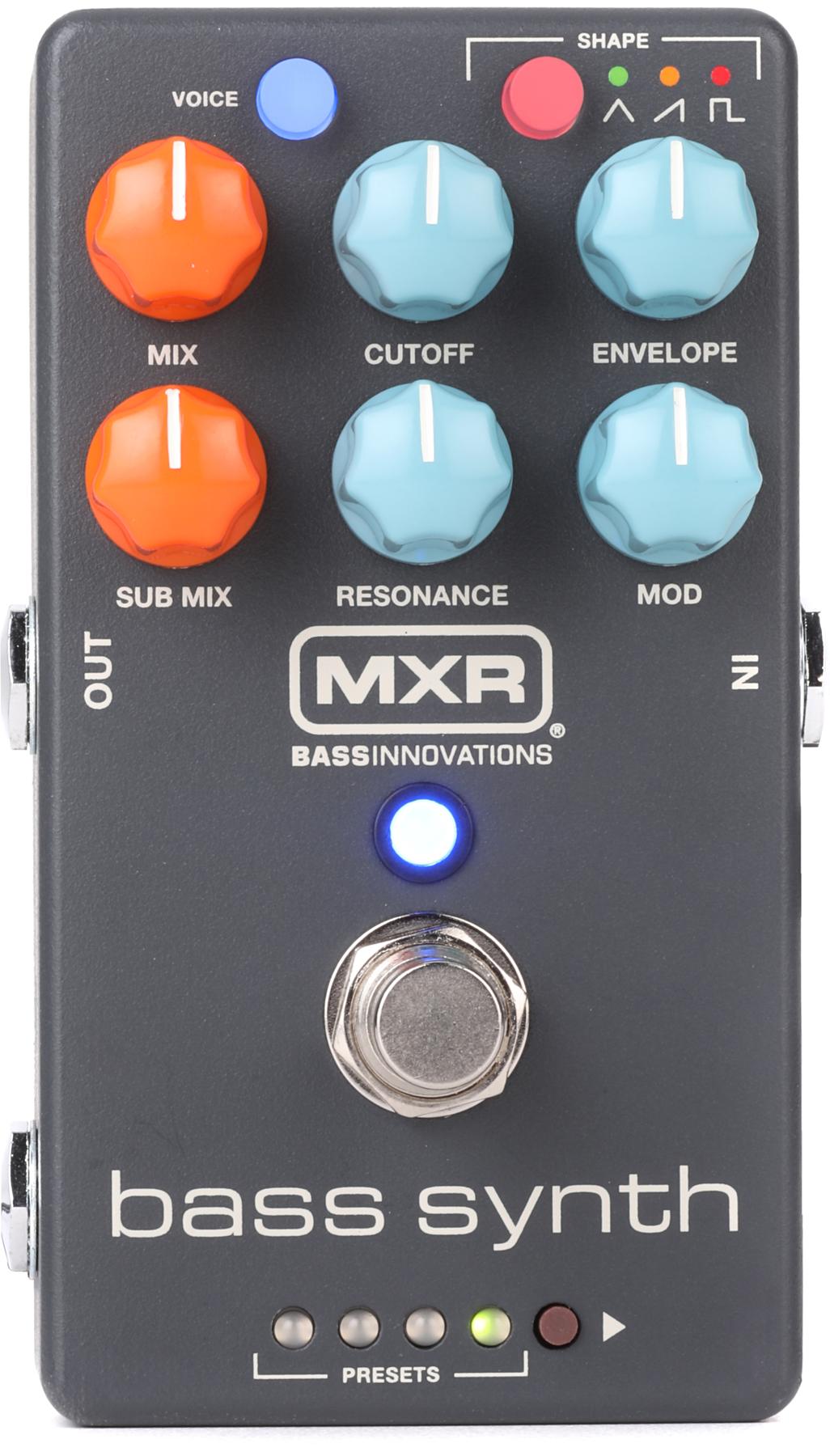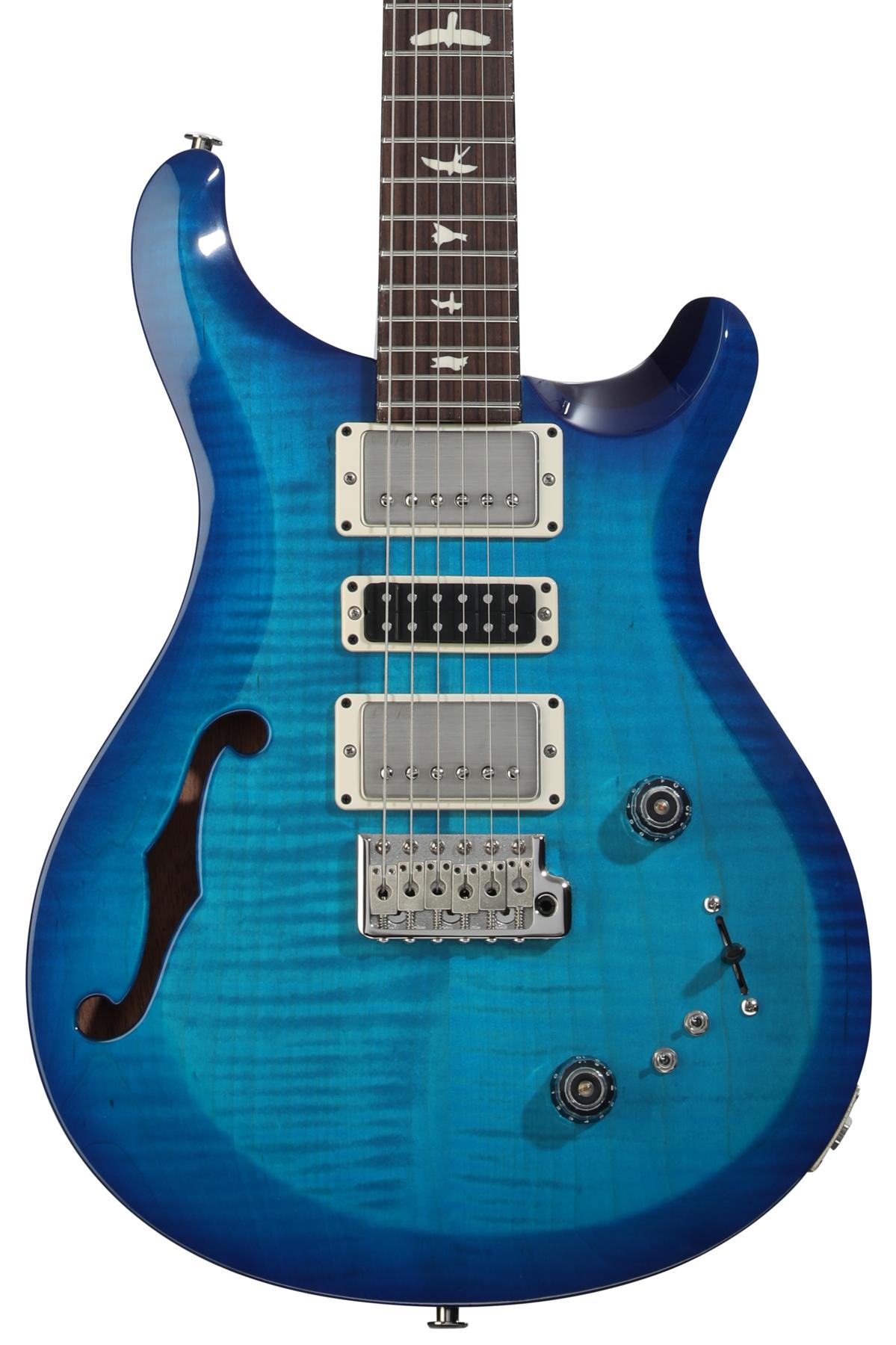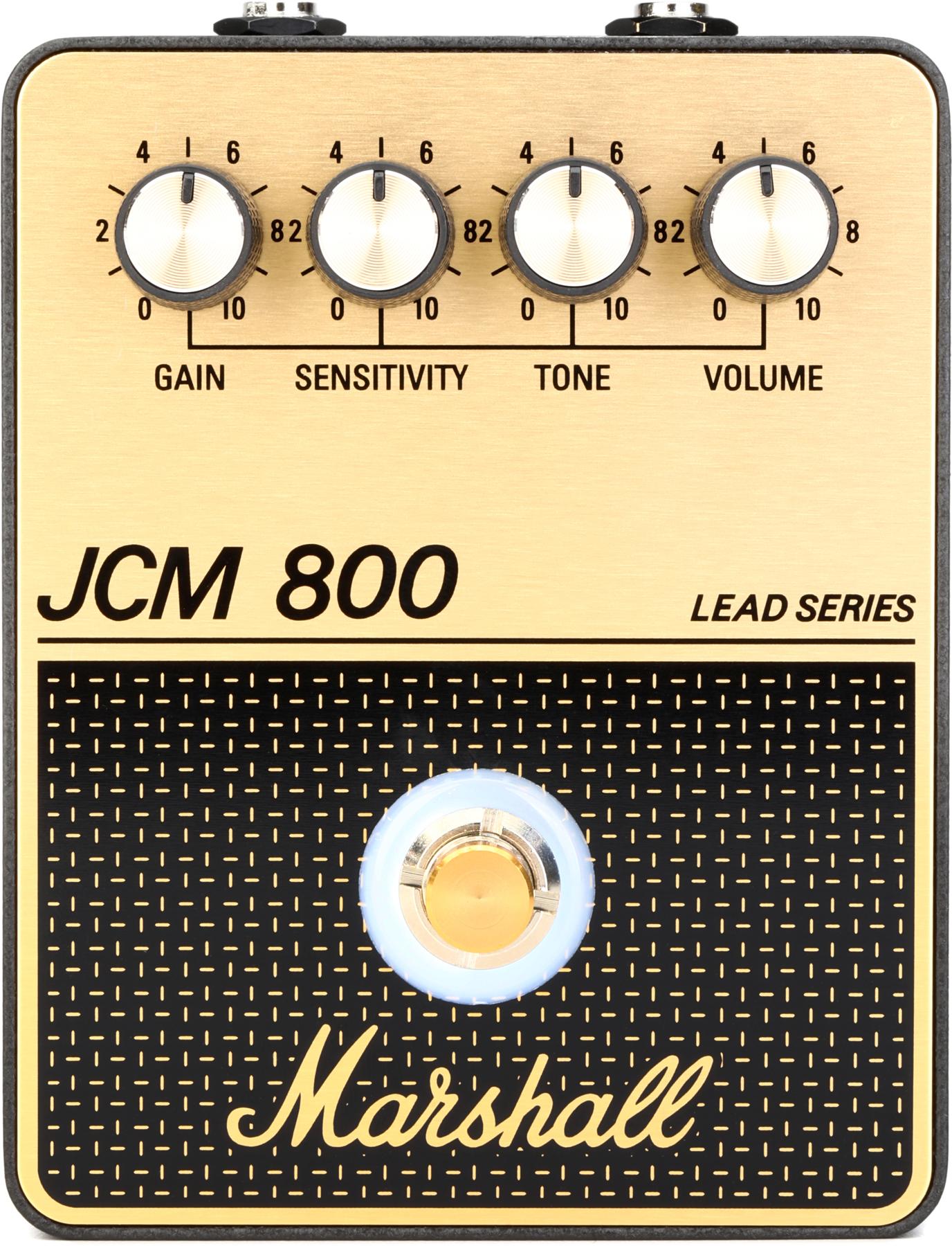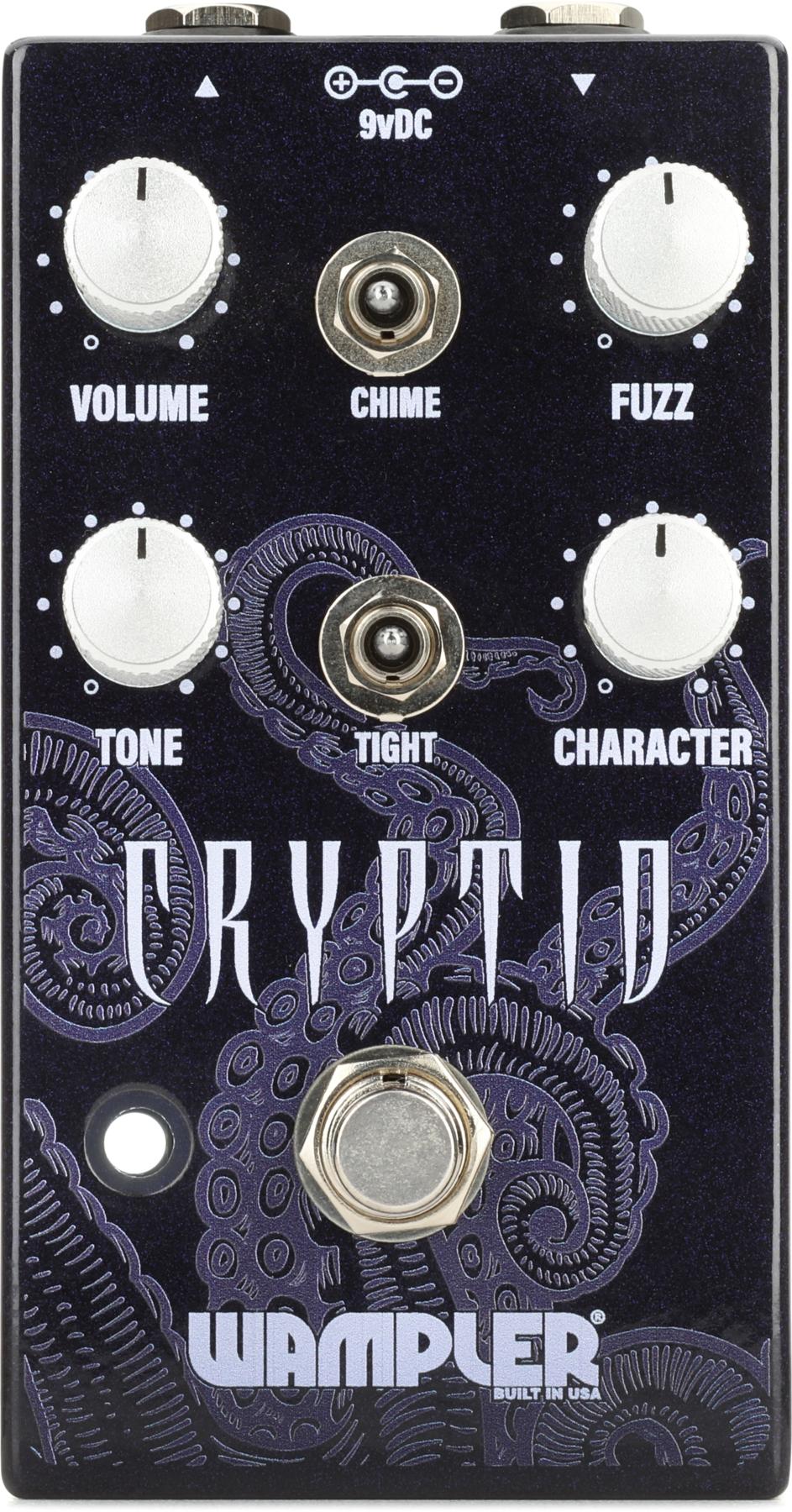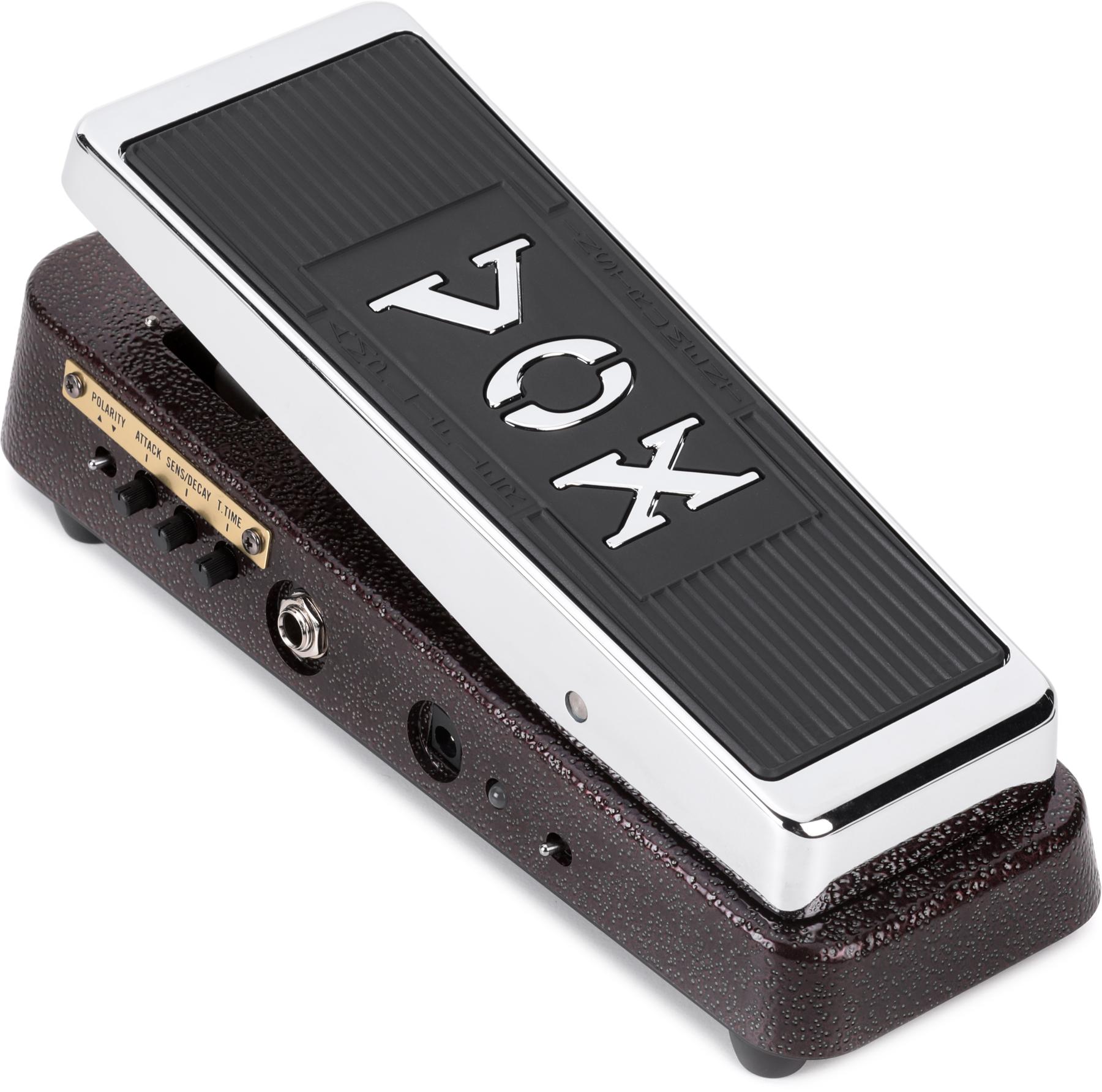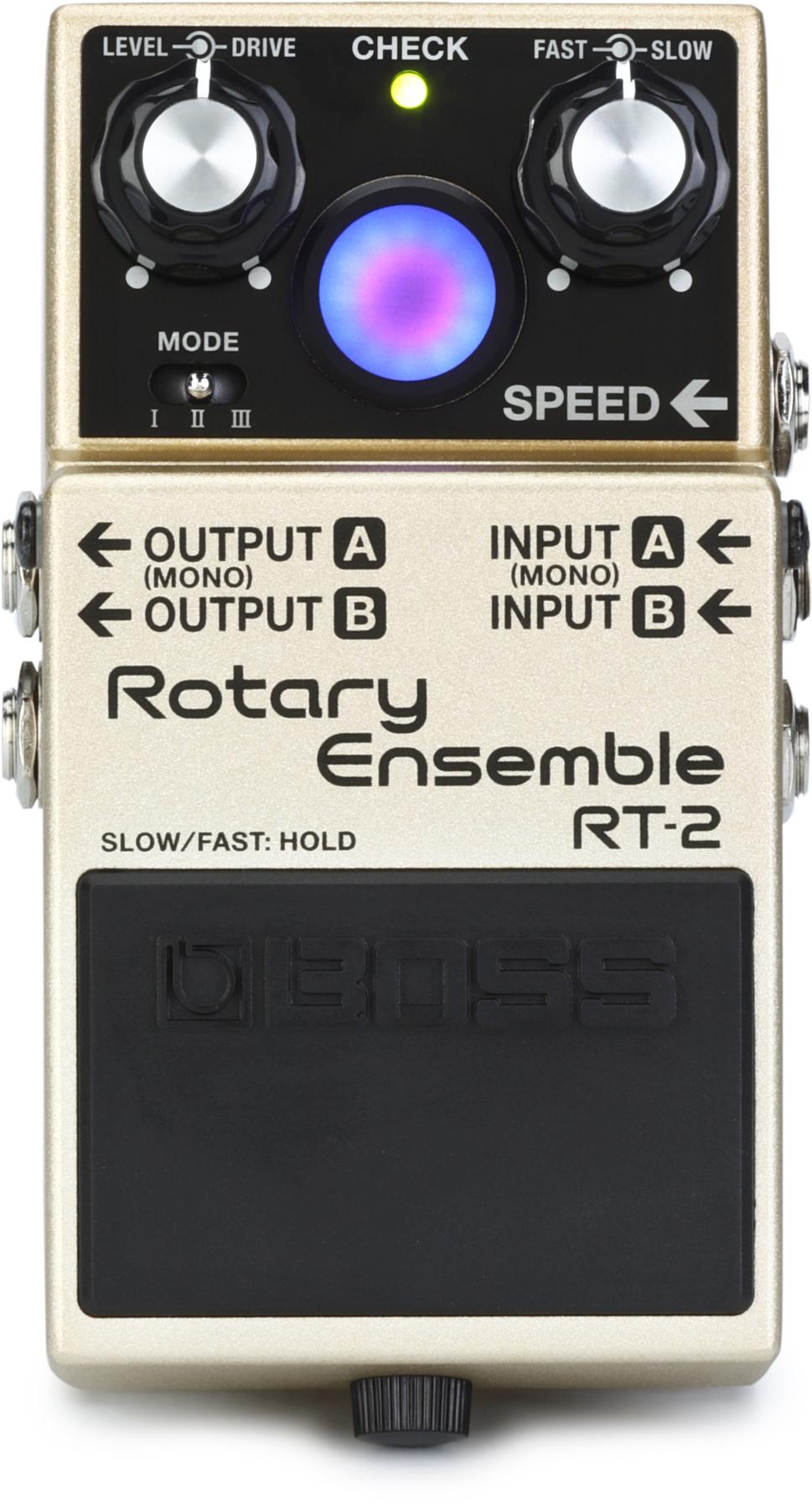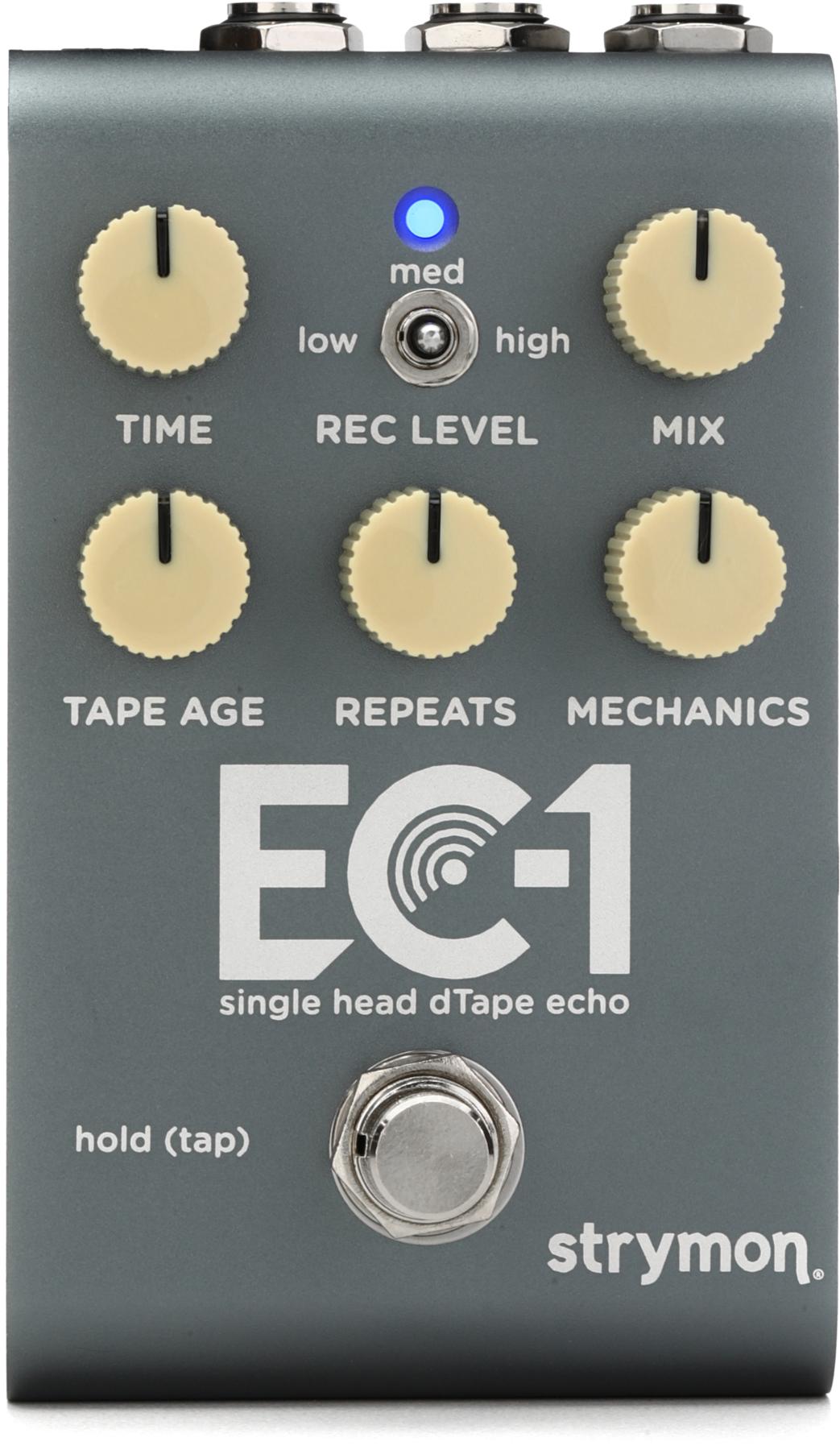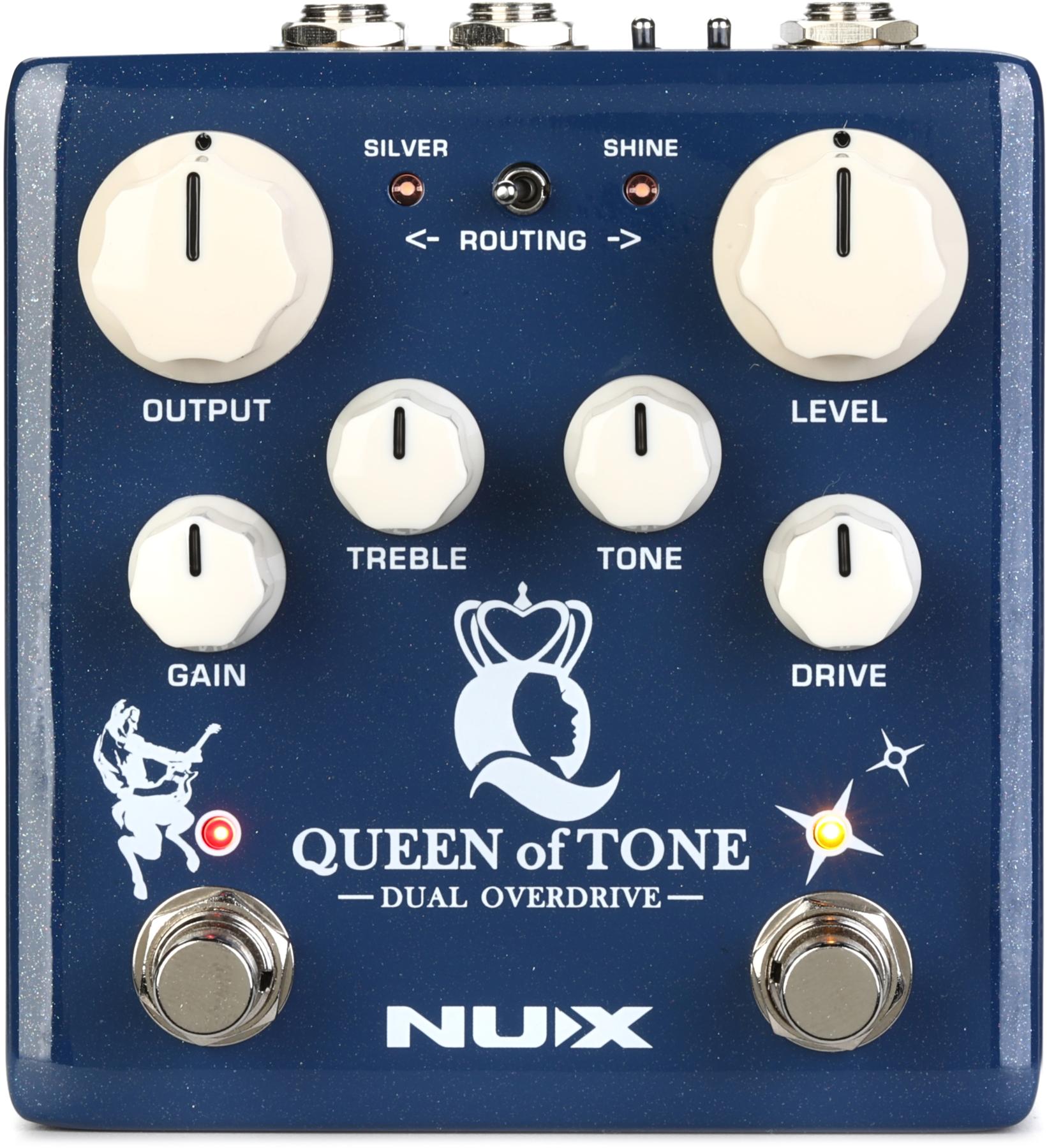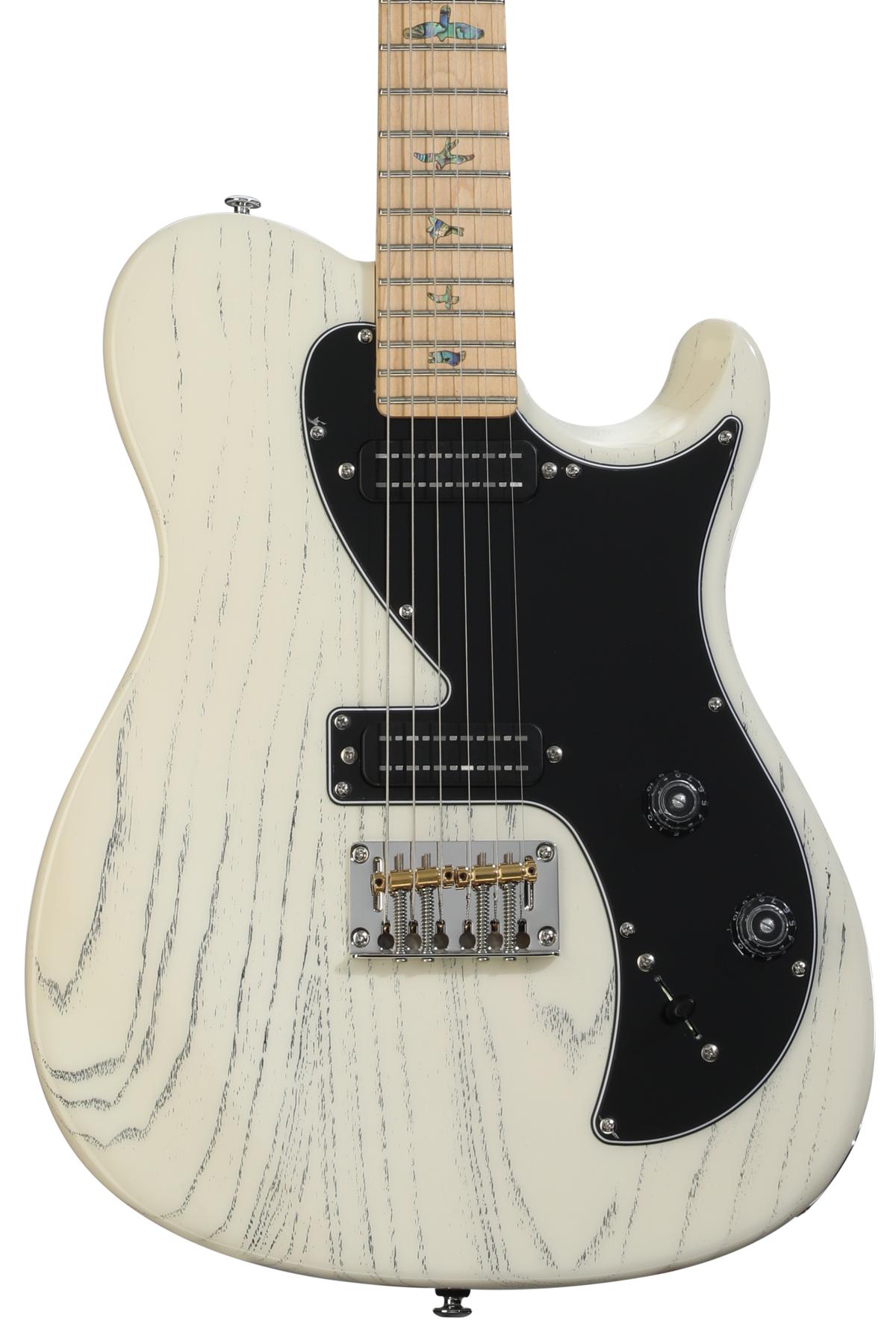| Download Example 1 bottom left input; Pres. 4, Bass 7, Mid 8, Treb 7, Vol1 3, Pwr 10, Drive 10; Nash S-63 w/ Lollar bridge/middle pickups | |
| Download Example 2 bottom left input; Pres. 4, Bass 7, Mid 8, Treb 6, Vol1 6, Pwr 3, Drive 10; Nash S-63 w/ Lollar bridge pickup | |
| Download Example 3 top left input; Pres. 0, Bass 8, Mid 7.5, Treb 5, Vol1 8, Pwr 2, Drive 5; Gibson LP Studio w/ Burstbucker bridge pickup | |
| Egnater 4x12 cab w/ Celestion Vintage 30s; recorded in Sound Studio on a MacBook Pro using Elixir 20' cable, Essential Sound Products MuiscCord Pro power cord | |
Video Review: | |
The 1986ps SuperPlexi is clearly influenced by one of the most underrated amplifiers in history, the Marshall Bass head. These amps are sought after for their tonal similarities to the Lead series, with differences in the circuit that lead to more low end and softer highs. They came in two flavors, the 50-watt Bass and 100-watt Super Bass, just like their Lead counterparts. Guitarists quickly realized that not only did they sound great with a bass, but were excellent with a guitar as well. Readers who are not familiar with these amplifiers should listen to Duane Allman’s work on At Fillmore East, Malcolm Young’s AC/DC catalog, and Lemmy Kilmister’s recordings as bassist for Motorhead. That sound has gained attention from modern guitarists, such as Adam Jones [Tool], who is a major proponent of the Super Bass. Soultone has taken the iconic nature and characteristics of this sound and created their own interpretation, rife with new features and impeccable craftsmanship.

The Power Scaling controls on the left are the shining feature of the 1986ps. This innovative circuit drops the power output from full-bore at 50 Watts, down to a miniscule 10 milliwatts. This allows you to achieve power tube distortion, even when diming both volume controls, at any volume level. Working in conjunction with the Power Scaling knob is a Drive control that can adjust the level of the signal coming from the preamp. Working with both of these together, you can overcome issues with low headroom to craft everything from a beautiful, massive clean sound to completely over-the-top distortion that can even become abrasive and harsh if that’s what you’re into. Soultone even claims that when running the head with pricey NOS tubes, running the Power Scaling low can extend their life, which is a rather large plus in the eyes of budget-conscious players.
Considering how much power the guitarist has over the headroom in this amp, it is extremely easy to achieve great overdriven tone. Setting the EQ and Presence controls at noon, Power Scaling at 1 o’clock, Drive at noon, and plugging a Gibson Flying V into the upper left high-sensitivity input with Volume 1 at 10 o’clock is a great start to experience what this amp has to offer. Notes ring out with authority and punch, but without any sort of harshness that can be common in modern high-wattage master volume amps today. Beyond the satisfying, familiar crunch that the amp delivers, the there’s a surprising sensitivity to pick attack.Even with the relatively hot pickups in the Flying V, the 1986ps cleans up exceptionally well when playing with a light touch. Once you find the sweet spot, you might not even have to touch the volume knob at all to achieve a good clean—provided that you’re willing demand overdrive by smacking the strings with Nugent-like authority.
The real treat, however, was the tone achieved with a Gretsch G6118T, 125th Anniversary model. If there is one thing that the 1986ps SuperPlexi does exceptionally well, it is a great Malcolm Young tone. If Soultone decided to change the name of the amp to The Powerage, they certainly wouldn’t be out of line. Telecaster players might want to consider the SuperPlexi too, as it performed very well with a Fender Road Worn Tele, adding some extra muscle and punch while softening the high end slightly (but not detrimentally).
The amplifier does not quit there. Packed with the head is a separate two-button footswitch. The first switch, simply labeled “Fat”, adds a 330uF bypass capacitor to the second gain stage. When engaged, there is a minor increase in volume, gain and bass. Soultone claims that it is more effective for more conservative volume settings. Its effectiveness seems to be entirely dependant on how the amp is set, however. Some settings made the Fat boost hardly noticeable at all; others can cause the amp to go from moderate to shaking the walls! There are some great sounds to be had here. The other switch either activates or deactivates a true bypass effects loop, located on the rear panel of the amplifier. With the extreme attention paid to every small detail of the construction of the 1986ps, Soultone decided that versatility should also be applied to the effects loop by adding separate Send and Return level controls.
This leads to a question: with all of the enhancements, high-quality components, low-noise circuitry and killer tone to boot, what can be said against the 1986ps? The price (starting at $2,199 with black levant covering) is roughly comparable to the price that one of its decades-older counterparts commands now, minus all the added features and newer, more reliable components. Considering that older, single-channel British heads are in demand with players and collectors, however, scoring one at an affordable price has becoming more of a chore in recent years. Though the amp might cost a bit more than an original, the case could be made that the 1986ps would save more money in the long run on the expensive maintenance and upkeep that vintage heads sometimes require.
Modern metal rockers probably won’t be interested, although the SuperPlexi certainly has enough gain to satisfy players in the classic metal genre (late seventies to mid-eighties). Tonally, it is most definitely a classic rock-oriented amplifier, not suited for the modern rock crowd that enjoys extreme saturation and low-mid emphasis in their sound. For the player that is searching for the same type of tone on more of a budget, a simple single channel head without all the bells and whistles is probably in order.
For fans of the smooth, crisp overdrive tones of the ‘60s and ‘70s, the Soultone 1986ps SuperPlexi is definitely worth a good, solid test run. Players frustrated with Plexi-style amps with lack of low-end and harsh top-end sizzle should give it a try, too. I would highly recommend visiting Soultone’s website to get their detailed run down on their design and component selection process. For the price, features, solid construction and excellent tone, the 1986ps might signal the end of a tonal journey for quite a few rock guitarists.
Buy if...
Classic cleans and great British overdrive are your thing, and not having to spend a few bones on a good power attenuator suits you.
Skip if...
You need a more modern tone and the ability to switch between multiple channels, or you’re looking for the sharp, upper attack that 100-watt heads have in spades.
Rating...
Starting at $2199 - Soultone Amplification - soultoneamps.com |






















